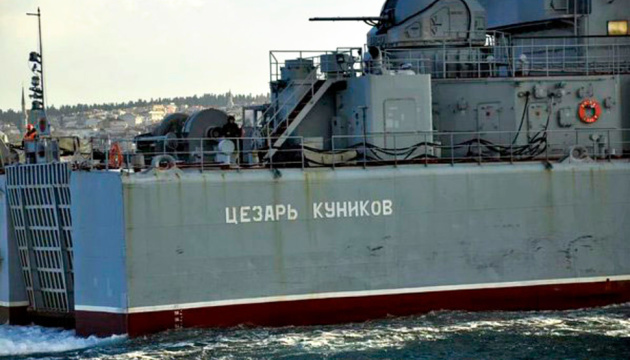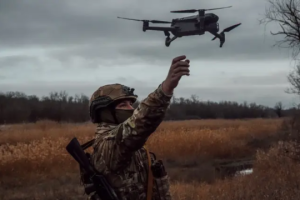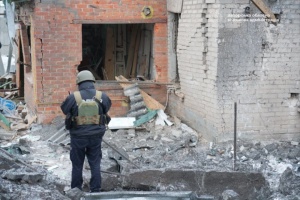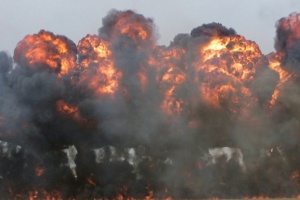
British intelligence explains implications of Ukraine’s strikes on Russian Navy assets
That's according to the UK Ministry of Defense citing intelligence data, Ukrinform reports.
"At the outset of the war with Ukraine in February 2022, the Russian Navy (RFN) maintained the freedom to manoeuvre throughout the entirety of the Black Sea, most significantly in the north-west. Following Ukraine's success in employing asymmetric alternatives to its lack of a traditional navy (various guided missiles and uncrewed vessels), the RFN has been repeatedly forced to reassess its appetite for risk.," the agency said.
It is noted that Ukraine continues to push Russian threat perception to new heights through combined strike activities, both on land and at sea, forcing Black Sea Fleet units to relocate their main operating areas to the eastern part of the Black Sea.
The Ministry of Defense noted that recent successful Ukrainian attacks, including the sinking of the Russian Tarantul III-class Ivanovets and Ropucha-class Caesar Kunikov led to the dismissal of the second BSF commander since the war began.
"Despite Russia's continued ability to strike Ukraine using vessels in the relative safety of the eastern Black Sea, it is increasingly evident that the defensive posture adopted to mitigate against Ukraine's non-conventional approach to maritime warfare is not working as intended," the department added.
The Ministry of Defense also noted that at the strategic level, such an approach by Ukraine has denied Russia the ability to interfere with Ukraine’s maritime trade routes.
"Since the collapse of the Black Sea Grain Initiative (BSGI), Ukraine's momentum has allowed it to dominate the western Black Sea. This has resulted in an increase in its exports via the unilateral Humanitarian Corridor, delivering higher trade volumes than under the BSGI, putting them on par with pre-war levels,” intelligence analysts note.
As Ukrinform reported earlier, the spokesman for Ukraine’s Navy, Captain 3rd Rank Dmytro Pletenchuk, said that of BSF’s 13 large landing vessels initially deployed at the outset of the invasion, only five remain in service.




